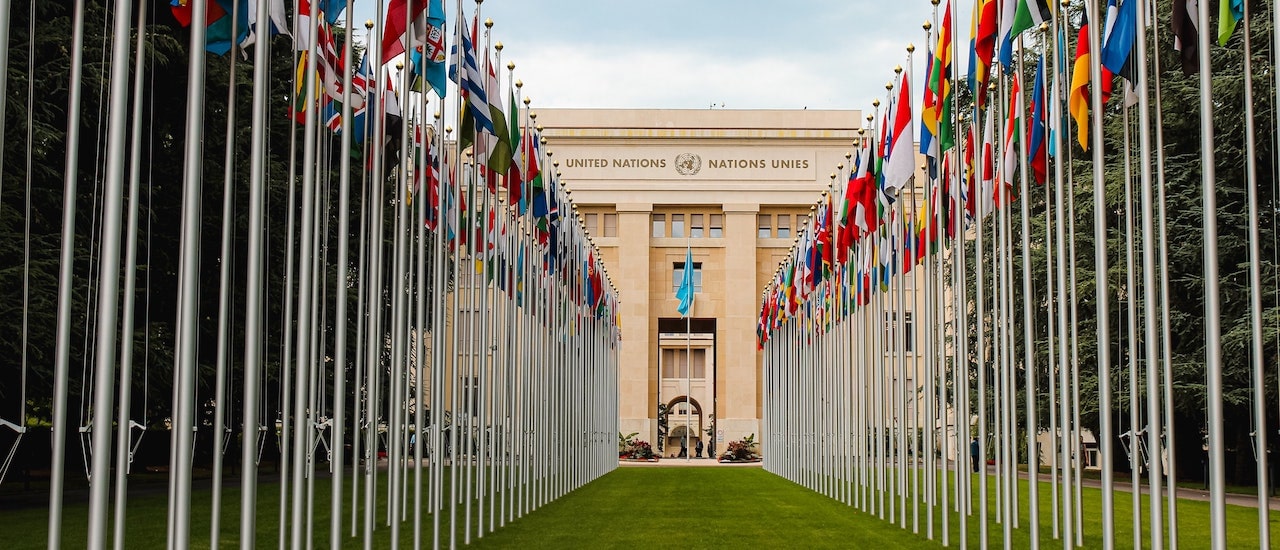This week I had the opportunity to participate in a session of the High Level Political Forum on Sustainable Development—the United Nation’s central point of discussion of the 2030 Agenda and the Sustainable Development Goals (SDGs). This was a timely opportunity to discuss paths towards a sustainable recovery from the COVID-19 pandemic. We need the Internet in this endeavor.
It’s difficult to imagine living through the pandemic without the Internet. Researchers would have faced even greater challenges both in working to prevent the spread of COVID-19 and collaborating on the development of vaccines. It also had a profound impact on the lives of people who had access, giving many the option to work from home and continue their education.
But the first year of the pandemic has left lessons that cannot be ignored. Nearly half of the world’s population lacks Internet access. This exacerbating digital divide is caused by various reasons that range from lack of infrastructure to lack of affordable services or the necessary digital skills to take advantage of the opportunities the Internet offers.
The Internet is a critical enabler for sustainable development. It unlocks human capabilities and provides the platform upon which an emerging digital economy can thrive. As the Internet and digital technologies become more essential, it also becomes more urgent to connect the people who are being left behind. The SDGs take that into account, having called for universal and affordable access in least developed countries by 2020—a goal that we are still far from reaching. If we don’t take action now, we face the risk of the current digital divide deepening several other divides, such as economic and gender inequalities.
Growing the Internet
At the Internet Society we believe the Internet is for everyone. In our efforts to grow the Internet, we echo the people-centered approach of the Secretary-General’s Roadmap for Digital Cooperation. We see this taking shape as communities around the world are finding innovative ways to be online and to empower themselves. Critical infrastructure such as local networks and Internet exchange points are being built locally, to support local needs.
In rural Zimbabwe, a recent partnership to develop a community network between community members, a local Internet service provider, and government agencies was able to connect 80 schools in the region, expanding their access to education and resources to a global level. It was also able to connect healthcare professionals to their counterparts globally, making the regional hospital one of the best in the country. UNICEF and the ITU Development Sector local staff were at the recent launch event along with the Zimbabwean Ministry of Communications, the regulator, POTRAZ, and the Internet’s Society’s Zimbabwe Chapter. They witnessed what’s possible when partners work together.
Through the years, we have learned that efforts need to be multistakeholder, bottom up, community based, and incremental. This is key for economic and social progress to be sustainable. And, this is key for stakeholders to test, learn, and adapt as they build infrastructure together. We need to allow initiatives such as this to happen, foster partnerships between different stakeholders that can propel them forward, and create the conditions to help them scale.
Our call to governments is simple: create an enabling environment that allows government stakeholders, civil society organizations, businesses, and members of the technical community to work together for new and innovative solutions to further our path toward universal access.
This means recognizing local community-led solutions as legitimate complementary ways of connecting those who want to be connected, and updating outdated regulations that don’t take these new actors into account. Both will ensure they can become part of the communications ecosystem. It also means fostering initiatives that focus on the development of digital skills and local technical communities, empowering them to take action and scale their efforts.
Achieving the Sustainable Development Goals requires collaboration and partnerships. The Internet is a fundamental enabler. We must consider approaches that take into account the many different realities we face.

